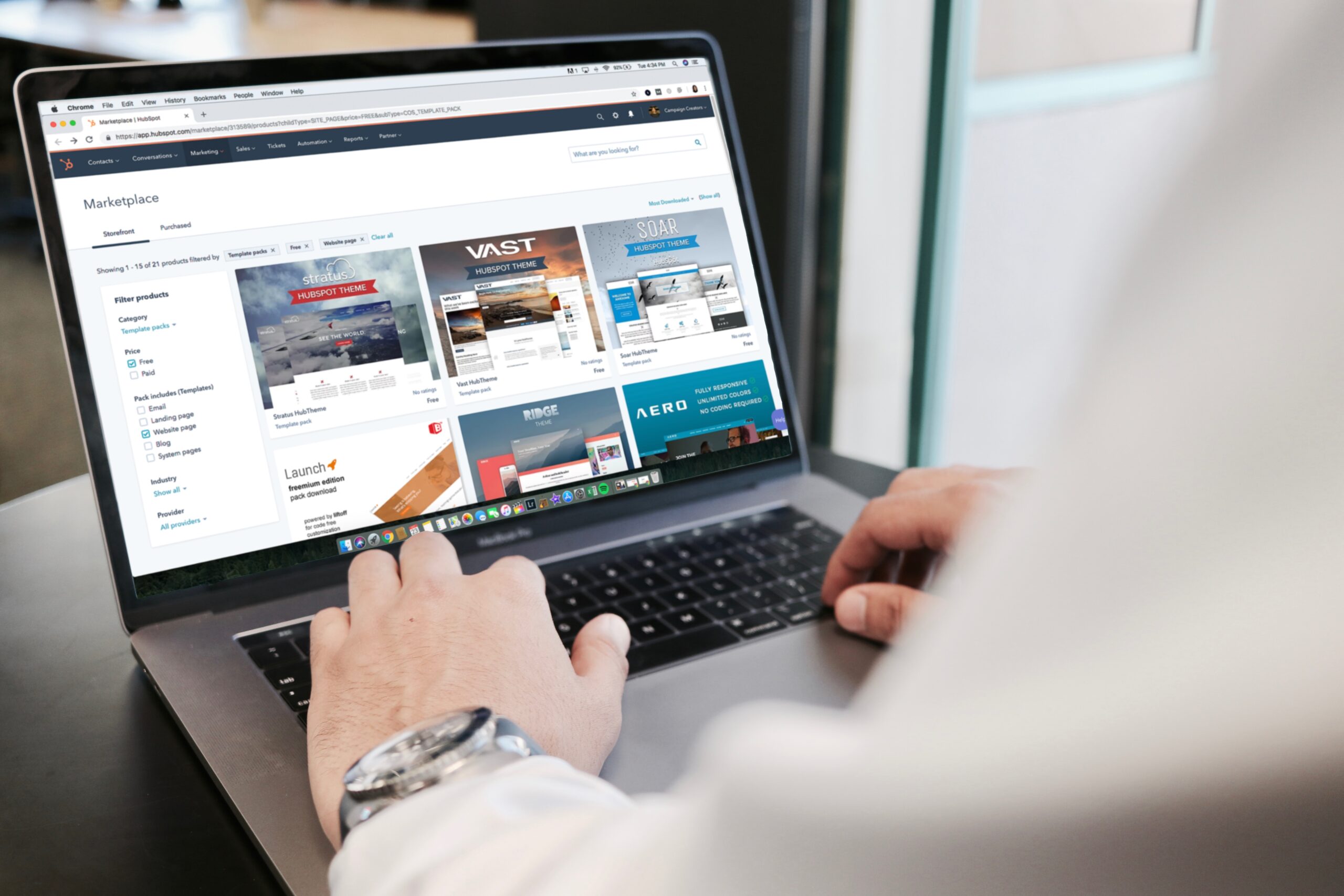Understanding UX: Top 5 Ways to Improve your User Experience
The user experience (UX) plays a pivotal role in the success of online platforms and digital business products. UX encompasses the overall experience a user has while interacting with a website, application, or any other digital product you can think of, which is becoming increasingly complex with new devices emerging such as VR and AR. UX focuses on creating seamless, intuitive, and enjoyable experiences that meet user expectations and needs. By prioritising UX, businesses can begin to enhance their user experiences and in turn improve customer satisfaction, increase engagement, and drive conversions. This article will explore the essence of User Experience (UX) and present five effective ways to improve user experience online.

1. Streamline Navigation and Information Architecture for seamless searching
One of the fundamental aspects of a great UX is intuitive navigation and information architecture. Users should be able to easily find what they are looking for without feeling overwhelmed by various options or confused by the site structure in place. One of the most common reasons for users becoming frustrated with a digital product is due to poor navigation and information architecture.
Start by organising your content and information in a logical and structured manner which resonates with users. This can often be achieved by running user testing sessions to gauge how users would categorise their site, name their headings and other insights to build the design around.
You should be utilising clear and concise headings, menus, and categorisations across your site which make it easy for customers to find the products or information they require. Implement a search functionality that returns relevant results promptly that perfectly align to the users search request. Additionally, you can optimise your website or application for different devices to ensure consistent navigation across various platforms, which provides familiarity with your digital product on any device.

2. Optimise Page Load Speed
Modern users now expect instant access to information on demand, any time and anywhere. Slow-loading pages can lead to high frustration and high bounce rates across your site or app which not only loses you customers, but also reduces the likelihood of them returning to your site in the future. To optimise page load speed, compress images and other media files without compromising quality to ensure they load quicker across your site and on the users browser. You can also reduce page loading speeds by ‘minifying’ the HTML, CSS, and JavaScript code files to reduce file sizes across your index and hosting structure.
You can also leverage browser caching to store static resources, such as images and scripts, locally, reducing server requests and improving the speed of page loads and other elements across your site. Regularly monitor your website’s performance and make necessary optimisations on a continuous basis to ensure swift loading times well into the future.
3. Implement Responsive Design
With the rising popularity of mobile devices and other mobile technologies, it is crucial to provide a seamless user experience across different screen sizes and even different devices with the introduction of smart watches and VR capabilities.
Responsive design ensures that your website or application adapts and renders appropriately on various devices, such as smartphones, tablets, and desktops. By optimising each of these areas to provide a unique and tailored experience will significantly increase your user engagement and conversions rates. The rise of mobile first sites are proving to be a successful endeavour with an ever growing mobile usage rate across consumers of all ages.
By employing responsive design principles into your UX design phases, you can eliminate the need for users to pinch and zoom or scroll excessively when using smaller screens and different devices. This approach contributes to the improved accessibility of your digital products and enhances user satisfaction for all types of users.

4. Focus on Content Clarity and Readability
High-quality content is at the heart of any successful online platform providing a clear and concise message which not only resonates with users but also provides clear guidance and intent.
However, presenting content in a visually appealing and readable manner is equally important with visually aesthetic designs growing in popularity as brands innovate to differentiate themselves from their competition. Utilise a well-defined hierarchy and typography to enhance readability through the use of clear brand guidelines which provide consistency and familiarity across all of your platforms.
Use clear and concise language, while also avoiding jargon or complex terminology which may confuse your users. Break down content into shorter paragraphs, incorporate bullet points, and utilise headings and subheadings effectively to improve scanability and make it as easy as possible for your users to consume your content.
5. Prioritise Mobile Optimisation
We’ve already touched on responsive design for mobile devices, but implementing a mobile first site ensures the ever growing amount of mobile users can consume your content with ease. With mobile devices accounting for a significant portion of internet traffic in 2023 and early 2024, it is vital to prioritise mobile optimisation across all of your digital platforms to ensure success. Mobile-friendly experiences can significantly impact user satisfaction and engagement with all demographics and ages who are now using mobile as their main device.
Ensure that your call to action buttons and the interactive elements across your site are appropriately sized for touch input for mobile screens to increase the likelihood of a conversion or click through. Simplify forms and minimise the amount of required fields to increase form fill rates and sign ups. Optimising your images and videos for mobile viewing is also a crucial element when implementing a mobile first site. As you begin to optimise your site for mobile, conduct thorough user testing across various mobile devices and operating systems to identify and address any usability issues throughout.

Enhancing your user experience continuously
Enhancing your user experience (UX) is a continuous and iterative process that requires a deep understanding of user needs and preferences. Gaining this knowledge through user testing and research is key to being able to make data driven decisions about how to optimise your site according to user insights.
By prioritising UX and putting it at the forefront of their digital strategy, organisations can build trust, loyalty, and brand advocacy among their user base.
The five ways to improve user experience mentioned above are crucial steps toward creating exceptional user experiences, but these elements alone won’t provide you with all the answers and a seamless experience but instead kick start your user experience journey and build on these fundamentals. By investing in UX improvements, organisations can begin to differentiate themselves in a crowded and competitive market, cultivating long-term success.
More interesting content...
Like this story? Share it on your social media...
For more of the latest content, why not subscribe to our mailing list...






